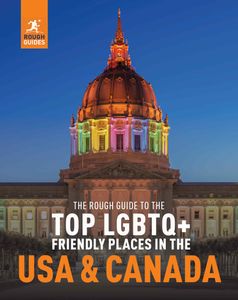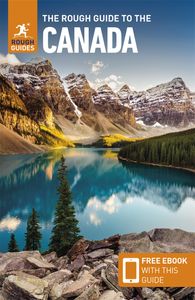Houseboating on Shuswap Lake
Houseboating on Shuswap Lake is a hugely popular way to idle away a week or two and the pleasant waterfront village SICAMOUS, 31km east of Salmon Arm along Hwy-1, is known as the "houseboating capital of Canada". The season runs May to September with prices from around $4000 per week for eight people, but there are many larger (up to 22 people) and pricier options. Agencies include: Bluewater Houseboats (t 250 836 2255, t 1 800 663 4024, w bluewaterhouseboats.ca), Twin Anchors Houseboat Association (t 250 836 2450, t 1 800 663 4026, w twinanchors.com) and Waterway Houseboats (t 250 836 2505, t 1 877 928 3792, wwaterwayhouseboats.com).
Little Shuswap Lake and Roderick Haig-Brown Provincial Park
The sleepy lakeside town of CHASE and the hamlet of SQUALIX gather around Little Shuswap Lake, 45km northwest of Salmon Arm on Hwy-1. Not only do they offer a couple of interesting overnight options but they’re also the gateway communities for the Roderick Haig-Brown Provincial Park, which provides an easily accessible and superb view of the salmon migrations from signposted viewing platforms. Although the park offers no camping there is a 26-mile trail system used for hiking and mountain biking in summer and snowshoeing and cross-country skiing in winter. If you’re thinking of dangling a line, pick up the Fishing in Shuswap leaflet from the visitor centre in Chase or Salmon Arm; don’t forget to get a licence at the same time. The park is 5km north of Squalix on a signposted side road.
Spawn to be wild
At times it seems impossible to escape the salmon in BC. Whether on restaurant menus, in rivers or in photographs of grinning fishermen clutching their catch, the fish is almost as much a symbol of the region as the mountains and forests. Five different species inhabit the rivers and lakes of western Canada: pink, coho, chum, chinook(or spring) and sockeye.
Though they start and finish their lives in fresh water, salmon spend about four years in the open sea. Mature fish make their epic migrations from the Pacific to spawn in the BC rivers of their birth between June and November, swimming about 30km a day; some chinook travel more than 1400km up the Fraser beyond Prince George, which means almost fifty days’ continuous upstream swimming. Though the female lays between 2000 and 6000 eggs, less than six percent of the offspring survive. On the Adams River near Salmon Arm, for example, it’s estimated that of four billion sockeye eggs laid in a typical year, one billion survive to become fry (hatched fish about 2cm long), of which three-quarters are eaten by predators before becoming smolts (year-old fish) and only one-in-twenty makes it to the ocean. This means each pair of spawners effectively produce about ten mature fish; of these, eight are caught by commercial fisheries and only two return to reproduce.
These statistics clearly put the salmon’s survival and BC’s lucrative salmon fishing industry on a knife-edge. This suffered its first setback as long ago as 1913, when large rockslides at Hell’s Gate in the Fraser Canyon disrupted many spawning runs. Although fish runs were constructed to bypass the slides, new pressures have since been heaped on the salmon, including fish farms, mining, logging, urban and agricultural development and the dumping of industrial and municipal wastes. Much of the concern surrounds farmed salmon: the incidence of disease among them is high, and a possible threat is that Atlantic salmon preferred by BC farms will escape in numbers that undermine wild populations through interbreeding and competition for resources.
An increasingly important line of defence, hatcheries have been built on rivers on the mainland and Vancouver Island to increase the percentage of eggs and fry that successfully mature. Meanwhile, overfishing remains a major concern, although various government measures have been implemented, including a moratorium on large-scale drift nets and the closure of the Fraser and Thompson rivers to all salmon fishing. Despite these measures, Greenpeace estimates hundreds of stocks of wild salmon in BC and Yukon are either extinct or at risk.

















